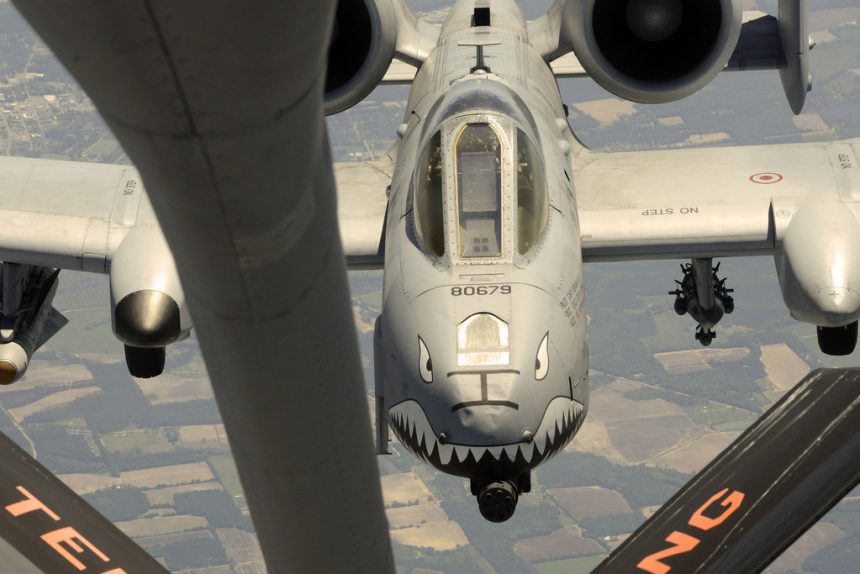A-10 Warthogs moving east
The U.S. Air Force A-10s of the first Air Force Theater Security Package have eventually arrived at Spangdahlem airbase, in Germany even though their deployment did not complete as planned: two jets had to divert for a failure (pressurization issue according to some sources) and landed at Amsterdam Schiphol airport.
According to the German media outlet “The Local”, US Navy Captain Greg Hicks, who is acting as a spokesman of the US European Command, has confirmed that the Warthogs, after a stop in Germany, will forward deploy to locations in eastern Europe.
With several airbases able to host the Hogs, it is safe to assume the Thunderbolts may soon operate in the Polish airspace, since Polish Armored Cavalry brigades are currently in process of carrying out field training program related to introduction of the Leopard 2A5 tanks into active service.
What is more, some elements of the U.S. Army have already been deployed to Poland, as a part of Operation Atlantic Resolve.
The 6-month TSP is officially aimed at enabling joint training among NATO units, but the deployment of the 12 A-10s in eastern Europe is, among all the other things, just an another way to increase presence in Europe and reassure regional allies in light of Russian increasing threat.
As we already mentioned in our first report on the deployment, the A-10 was designed to play a vital role in a possible war against the Soviet Invasion across the German plain and the Fulda Gap.
The Thunderbolt has been one of the cornerstones of the AirLand Battle Doctrine which involved AH-64s, OH-58s, Abrams MBTs (Main Battle Tanks) along with Bradley IFVs (Infantry Fighting Vehicles) and artillery – M109 and MLRS systems, along with numerous anti tank weapons. This stands in line with the fact that e.g. the Stryker APCs are currently stationed in Poland, and are taking part in some of the Polish Army exercises organized within the area of the Drawsko Pomorskie firing range. This is yet another argument, according to which forward-deployment of the Warthog in Poland would be possible.
On the flip-side, one should remember that the Russian air defense systems protecting mobile armored units, have evolved since the Cold War. As highlighted by some analysts, in case of a regional war in eastern Europe, should the NATO forces not gain total air superiority and support it with plenty of SEAD (Suppression of Enemy Air Defense) operations required to neutralize enemy air defense systems, employment of the Warthogs would be quite difficult and risky.
Nevertheless, the A-10 has proved to be extremely effective role during the operations in Iraq or Afghanistan, where it is the platform of choice for the CAS (Close Air Support) mission, in spite of the impending retirement and subtle criticism: some arguments have been made in the U.S. that the A-10 is dangerous for the troops on the ground, due to the statistical data suggesting that when the Warthog was employed in that role, a rate of friendly fire incidents has been higher.
Nonetheless, it shall be clarified that it is the peculiarity of providing close air support with troops in contact – the A-10 may act close to the positions where own forces are operating, and this may lead to inevitable incidents.
Anyway, in case of full-scale air- and land-war, all the tactics would need to be ultimately reviewed and tailored to the real scenario, and little can be really predicted about the way a conflict in Europe may really develop.
















